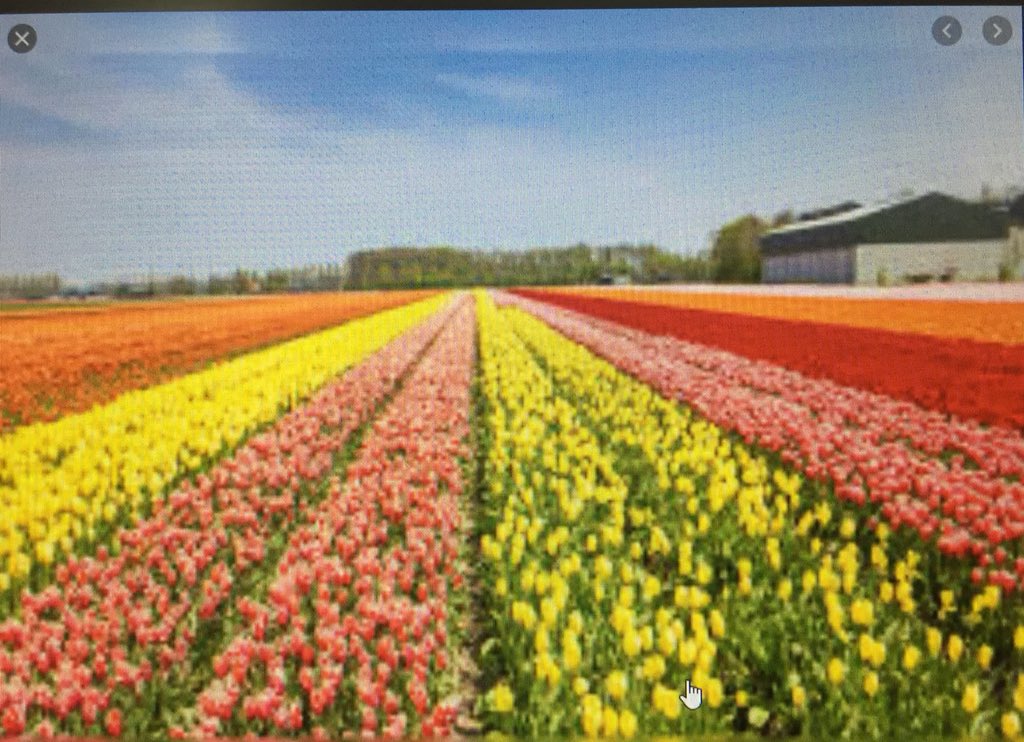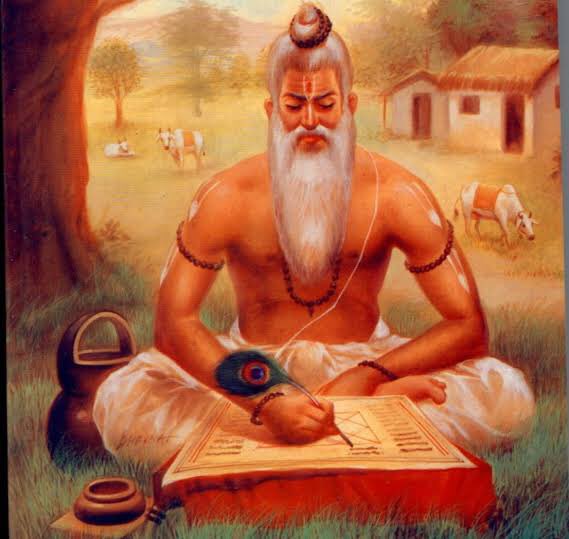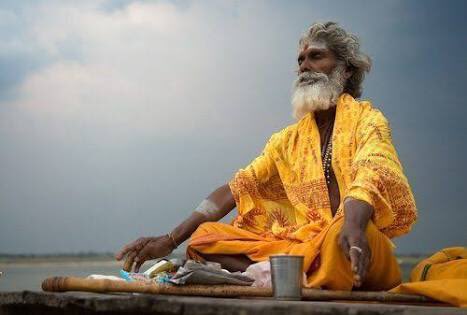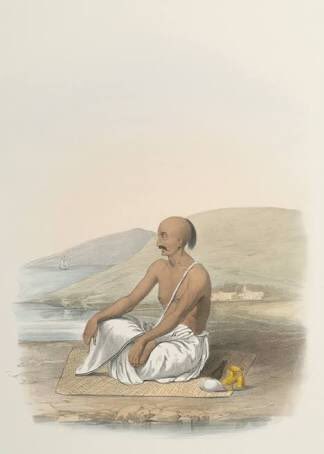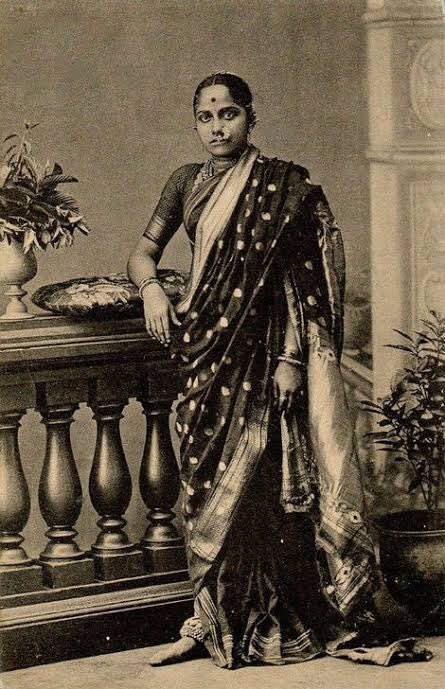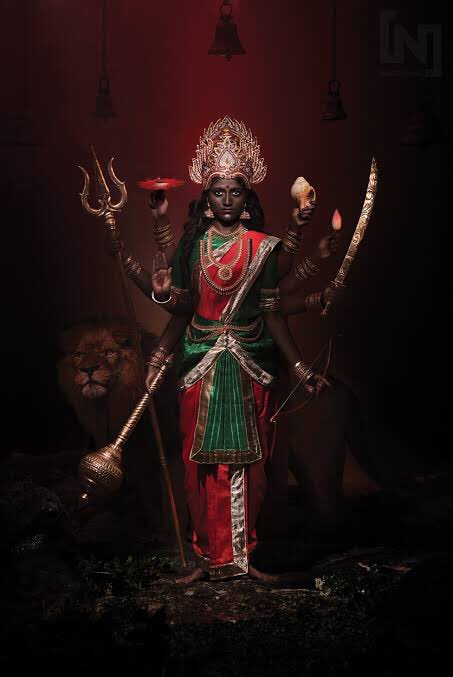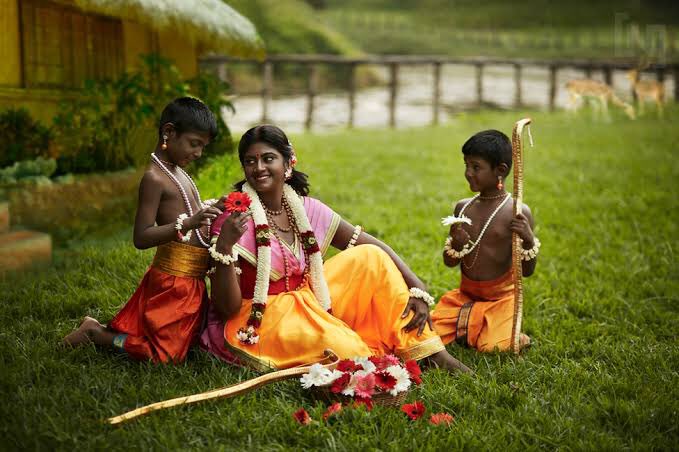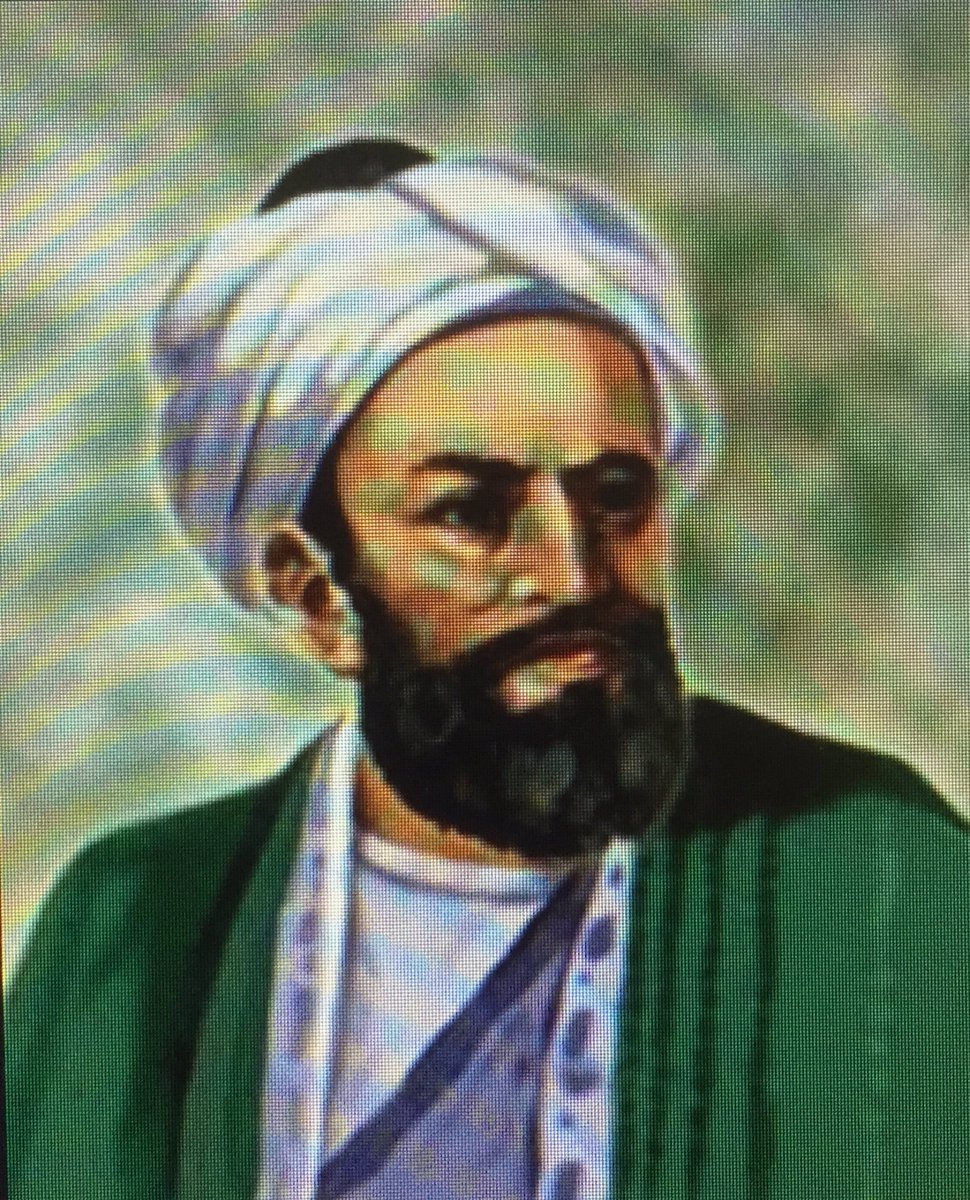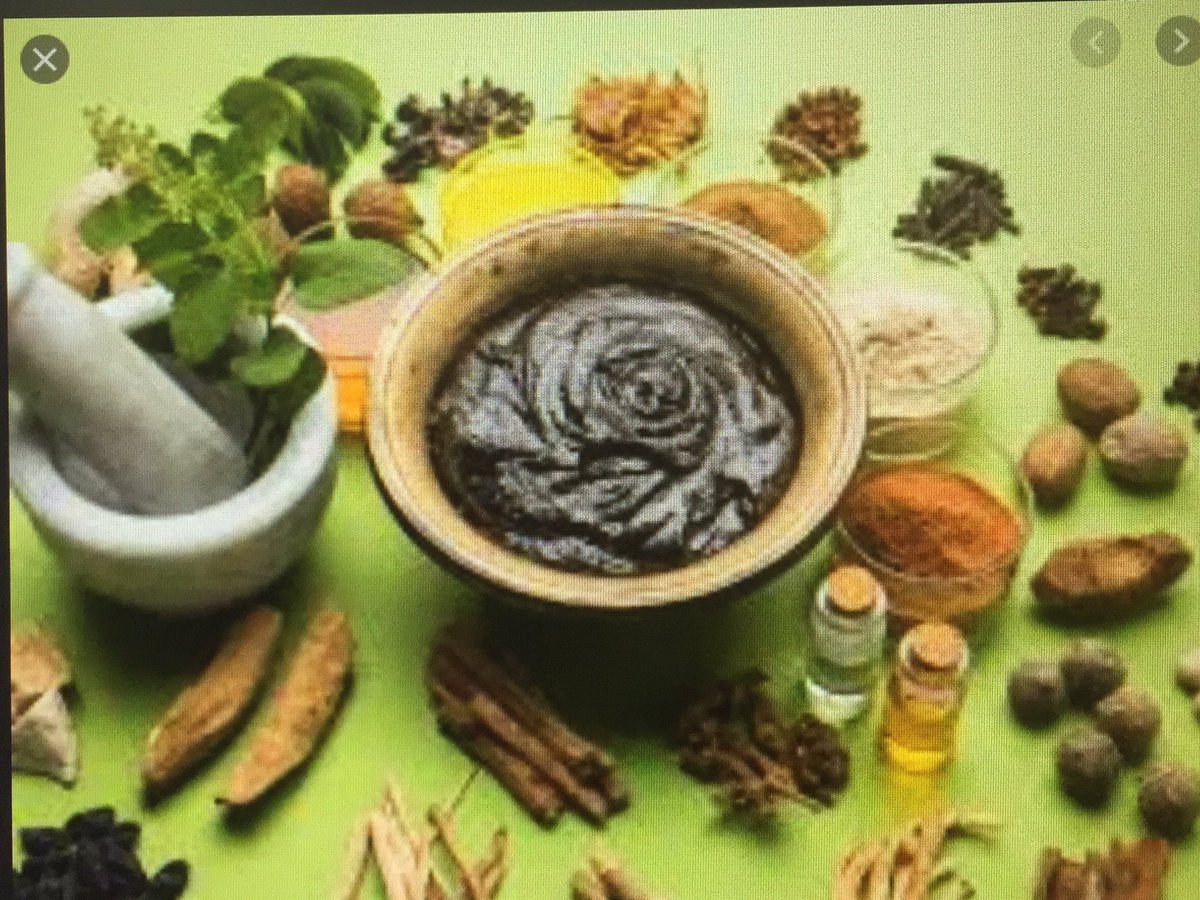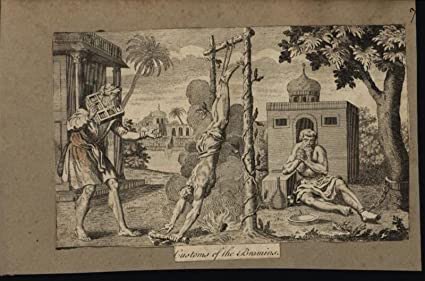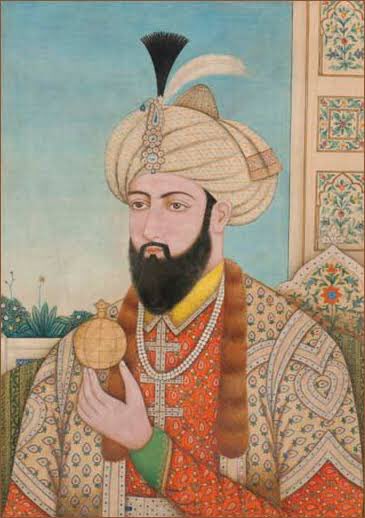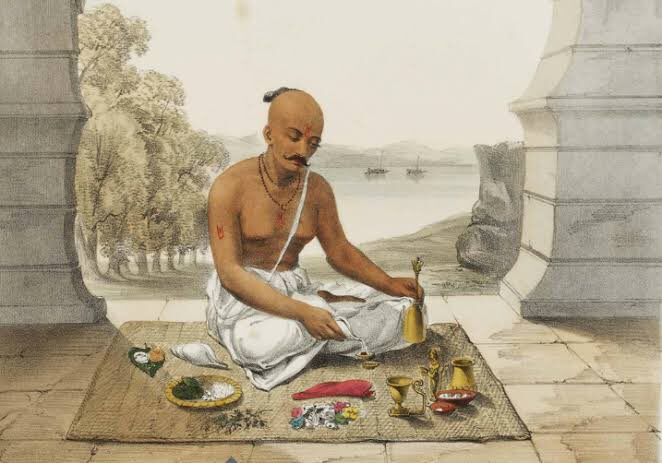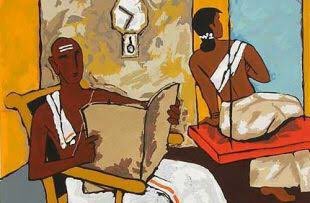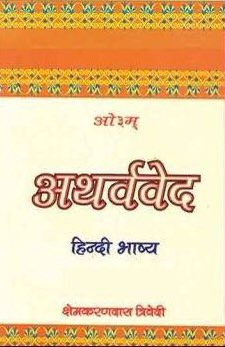
#Thread (2/3) on what Francois Bernier (1620-1688 CE), French physician, who was in service of Dara Shikoh & Aurangzeb, writes about the foundation of Kashmir as per Nilamat Purana, about its enchanting beauty & his visit to a temple dedicated to Sun God in Kashmir :- 






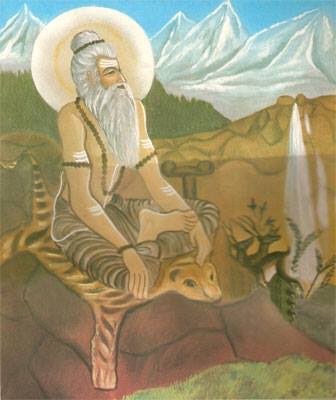
According to Francois Bernier, like any other visitor earlier,
“Kashmir surpasses in beauty all that my warm imagination had anticipated.”



“Kashmir surpasses in beauty all that my warm imagination had anticipated.”




Bernier, with assistance of locals, learns the following history of Kashmir as per Hindu Puranas and goes on further to record in detail the bountiful beauty of Kashmir and its capital at Srinagar:- 





The histories of the ancient Kings of Kachemire maintain the whole of this country was in former times one vast lake, and that an outlet for the waters was opened by a certain pire, or aged saint, named Kacheb.. 

.. [Persian form of Kasyapa, son of Marichi, son of Brahma, who according to Hindu tradition, formed the passage], 





.. who miraculously cut the mountain of Baramoule... Kachemire, however, is no longer a lake, but a beautiful country, diversified with a great many low hills: about thirty leagues in length, and from ten to twelve in breadth. 

It is situated at the extremity of Hindoustan, to the north of Lahor; enclosed by the mountains at the foot of Caucasus, those of the Kings of Great Tibet [Ladakh] and Little Tibet [Baltistan], and of the Raja Gamon [Raja of Jummoo], who are its most immediate neighbours. 

The first mountains which surround it, I mean those nearest to the plains, are of moderate height, of the freshest verdure, decked with trees and covered with pasture land, on which cows, sheep, goats, horses, and every kind of cattle is seen to graze. 







Game of various species is in great plenty – partridges, hares, antelopes, & those animals which yield musk. Bees r also in vast abundance; & what may be considered very extraordinary in the Indies, there are, with few or no exceptions, neither serpents, tigers, bears, nor lions. 







These mountains may indeed be characterised not only as innocuous, but as flowing in rich exuberance with milk and honey. Beyond the mountains just described arise others of very considerable altitude, whose summits,.. 

.. at all times covered with snow, soar above the clouds and ordinary mist, and, like Mount Olympus, are constantly bright and serene. 







From the sides of all these mountains gush forth innumerable springs and streams of water, which are conducted by means of embanked earthen channels even to the top of the numerous hillocks.. 



.. [these table-lands, called karewas, are a prominent feature of the landscape] in the valley; thereby enabling the inhabitants to irrigate their fields of rice.
The numberless streams which issue from the mountains maintain the valley and the hillocks in the most delightful verdure. The whole kingdom wears the appearance of a fertile and highly cultivated garden. 



Villages & hamlets are frequently seen through the luxuriant foliage. Meadows and vineyards, fields of rice, wheat, hemp, saffron & many sorts of vegetables among which are intermingled trenches filled with water, rivulets, canals & several small lakes, vary the enchanting scene. 







The whole ground is enamelled with our European flowers and plants, and covered with our apple, pear, plum, apricot, and walnut trees, all bearing fruit in great abundance... 







.. The private gardens are full of melons, pateques or water melons, water parsnips, red beet, radishes, most of our potherbs, and others with which we are unacquainted… 





.. The capital of Kachemire bears the same name as the kingdom [Srinagar, the ancient name of the city, was disused during Muhammedan rule]. It is without walls and is not less than three quarters of a league in length, and half a league in breadth. 



It is situated in a plain, distant about two leagues from the mountains, which seem to describe a semicircle, and is built on the banks of a freshwater lake [the Dal Lake], whose circumference is from four to five leagues. 



.. This lake is formed of live springs and of streams descending from the mountains, and communicates with the river, which runs through the town, by means of a canal sufficiently large to admit boats. 

In the town there are two wooden bridges thrown over the river; and the houses, although for the most part of wood, are well built and consist of two or three stories... 

.. There is, however, plenty of very fine freestone in the country; some old buildings, and a great number of ancient idol-temples in ruins, are of stone; 







but wood is preferred on account of its cheapness, and the facility with which it is brought from the mountains by means of so many small rivers. Most of the houses along the banks of the river have little gardens, which produce a very pretty effect, 



.. especially in the spring and summer, when many parties of pleasure take place on the water. Indeed most houses in the city have also their gardens; and many have a canal, on which the owner keeps a pleasure-boat, thus communicating with the lake.” 







Francois Bernier also records about his visit to Martand temple in Kashmir, where the presiding deity is Sun God:- 







“...we no sooner arrived in the city of Kachemire than my Navaab, Danechmend-kan, sent me to the further end of the country, three short journeys 







.. from the capital, that I might witness the ‘wonders,’ as they are called, of a certain fountain [the sacred spring at Bawan or Matan, near Srinagar; and the temple dedicated to Martand, the sun-god].” 







Source and Credit :-
1)THE INDIA THEY SAW (VOL-3) by MEENAKSHI JAIN
2)Francois Bernier, Travels in the Mogul Empire AD 1656-1668, Vincent A Smith ed., Low Price Publications, 1994, pp., 393-419, 410-412.



1)THE INDIA THEY SAW (VOL-3) by MEENAKSHI JAIN
2)Francois Bernier, Travels in the Mogul Empire AD 1656-1668, Vincent A Smith ed., Low Price Publications, 1994, pp., 393-419, 410-412.




As a part of hash tag campaign #KashyapKaKashmir I m attaching list of Hindu temples in Kashmir indicated in Nilamata Purana. Courtesy: @VedicWisdom1 







Also, to further spread true awareness and history of Kashmir with regards to what she has lost in terms of Hindu culture and heritage, I m attaching the followings:- #KashyapKaKashmir
Courtesy: @VedicWisdom1



Courtesy: @VedicWisdom1




My final #Thread (3/3) based on Francois Bernier’s writing further on #Kashmir and its intricate and beautiful handicrafts and other local products will continue tomorrow. Check it out 👍
Hope all would RT and share this piece of valueable history far and wide.
The first #Thread in series dedicated to #KashyapKaKashmir can be read here 👇:-
The first #Thread in series dedicated to #KashyapKaKashmir can be read here 👇:-
https://twitter.com/subhra2jyoti/status/1333441473526657035
@AartiAuthor @harshasherni @SRa_PragTi @Angriy_BiRd @Ms_Poojaraj @mamatarsingh @DharmaSthapana_ @Itishree001 @JyotiKarma7 @Mahender_Chem @DeshBhaktReva @Savage_shree @VaruKrutika @dhingramahima9 @apparrnnaa @i__Mystic @Shailesh_2017 @shradhasumanrai @VedicWisdom1 👆
@mehergardhBaloc @Mahadevangini @dharmicverangna @mm_0774 @jtiku @balajidesigr @doorva207 @Karma_Kaali @BhagwaDhvaj @DeepaShree_AB @SheetalPronamo @Mishra_jiiiii @raj_010101 @CoreDharma @iBhupendraHarit @ss_aarthi @MishraMedhavi @Skyownsme @VedParmoDharm @sucharita_sj 👆
@PopOfRosewood @Gem_of_Indology @Indic_Policy @AmishaAryaa @Sachai_ki_bhakt @YoginiPratibha @AntiTrads @unheardvoice07 @Ghani_Bewdi @priya_shaktirup @plausible_pleb @vijayvaani @meenakshisharan @Voice_For_India @LevinaNeythiri @manusmriti3010 @VertigoWarrior @Sampoorn10 👆
@ProfVemsani @mamatarsingh @drmoghes @anita_gupte @wanysharma @SVOjha @VidyaSanatani @Tanvangi17 @VipashaRanjan @RudraaShiv @BahuRaani @UnbiasedSecular @the_nishant1 @theanuragkts @luna_destrozada @_keerti @PandeyPrajkta @Divya_Adishakti @DivyaParker @ulhascs79 👆
@Saumyamiishra @RakhiSh45953990 @Krishna_Priiya @ParulSinhadel @chetna_2 @Stop_dat_bs @khyatianand3 @RayNiyati_23 @Saysniha @Nidar_Bharatiya @QueenofGhee @RamyaRanganath9 @Savage_shree @Sarangi_IND @vinirish @AdiDogeocharya @proudlymessedup @Kalpeshd7702 @RJ_Sona_ 👆
@youngndharmic @BigotJerry @jammed_circuit @thegoldenjhumka @AshimaWrites @theanuragkts @Archie_Bhardwaj @yashwant_mehta @khushbookadri @_PreetiPandey @PMOIndia @HMOIndia @KashmiriPandit7 @kashmirtourism_ @ishitajoshi @swati_gs @agniveer @SanjeevSanskrit 👆
• • •
Missing some Tweet in this thread? You can try to
force a refresh


















